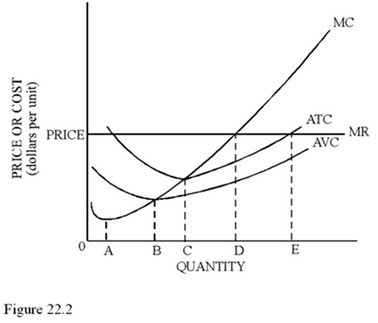A nation's technological gains have increased labor productivity and, as a result, the average number of hours worked each week has been falling. How do Gross Domestic Product (GDP) calculations account for this shortening of the average workweek?
A. Gains in leisure time are dollar-valued and included in real per capita Gross Domestic Product (GDP) gains.
B. Gains in leisure time are not included in Gross Domestic Product (GDP), so any increase in real per capita Gross Domestic Product (GDP) will understate the nation's actual economic growth.
C. Neither real Gross Domestic Product (GDP) nor per capita real Gross Domestic Product (GDP) includes the increase in leisure time that results, so the nation's actual economic growth will be overstated.
D. Real Gross Domestic Product (GDP) does not factor in an increase in leisure time but per capita real Gross Domestic Product (GDP) does.
Answer: B
You might also like to view...
Assume that the supply curve for a commodity shifts to the left and the demand curve shifts to the right, both by the same degree. Then, in comparison to the initial equilibrium, the new equilibrium will be characterized by:
A) a lower price and the same quantity. B) the same price and quantity. C) a lower price and quantity. D) a higher price and the same quantity.
A monopolist that is earning economic losses will, in the long run,
a. exit the industry. b. shift it's demand curve rightward. c. stay in the industry, since eventually the price will have to rise. d. encourage competitors to enter the industry in order to enliven it.
Farming in poor countries is considered to be:
A. cost intensive. B. labor intensive. C. capital intensive. D. production intensive.
 Refer to Figure 22.3 at quantity level B
Refer to Figure 22.3 at quantity level B
A. Marginal cost is greater than marginal revenue, so it should cut production. B. Marginal revenue is greater than marginal cost, so the firm should expand production. C. The company is minimizing loss. D. The company is maximizing profit.